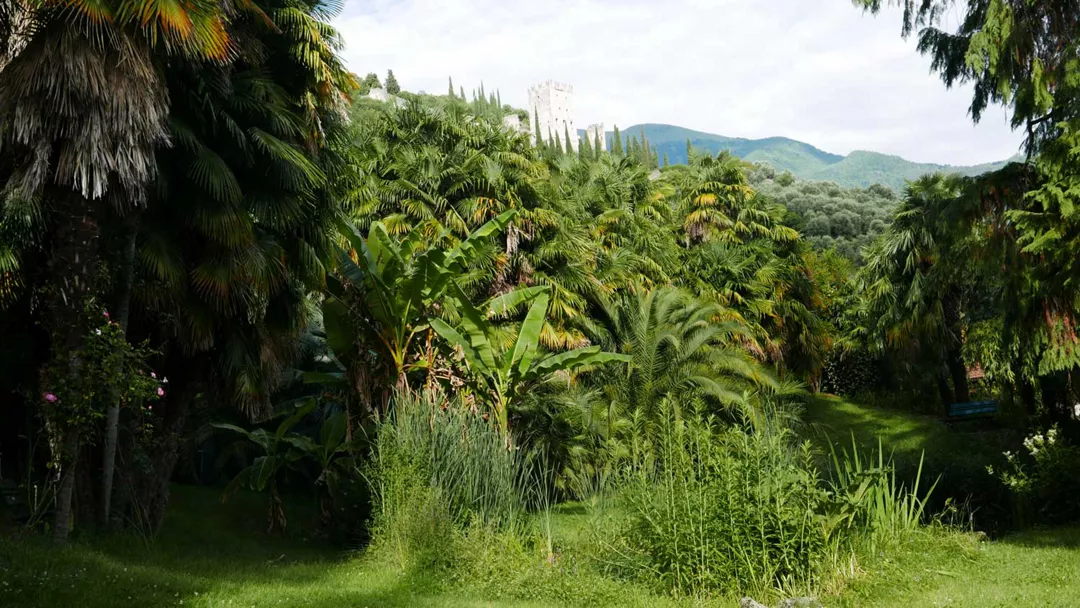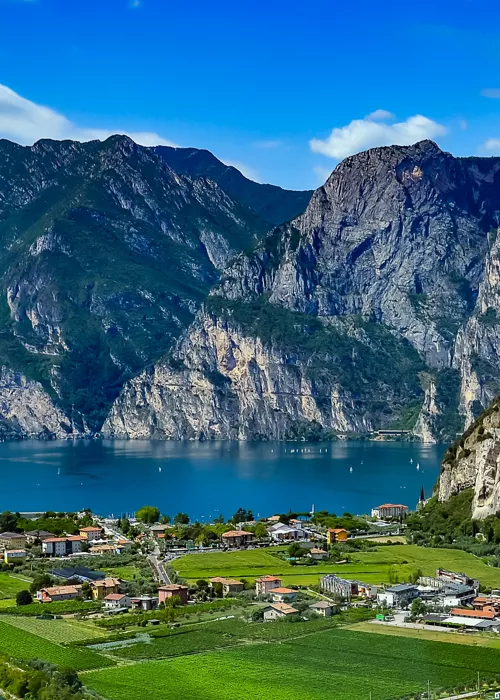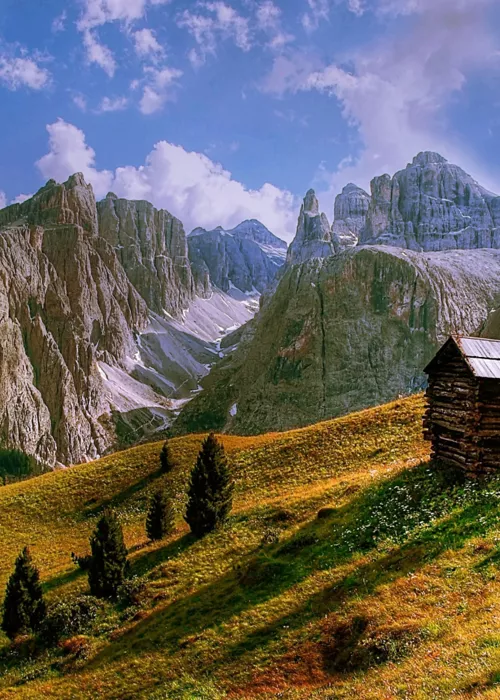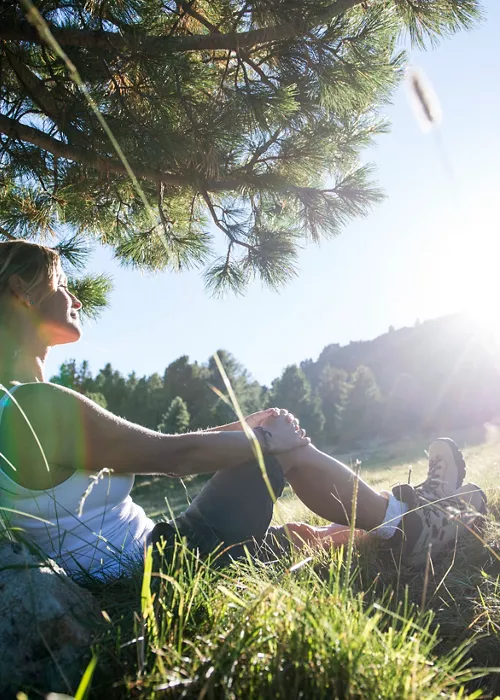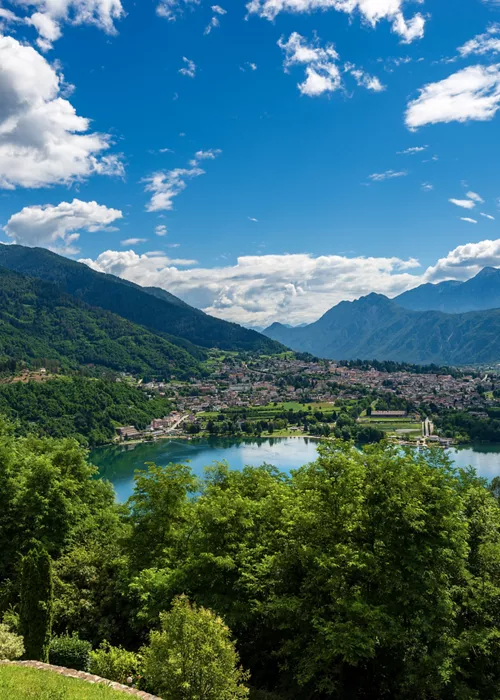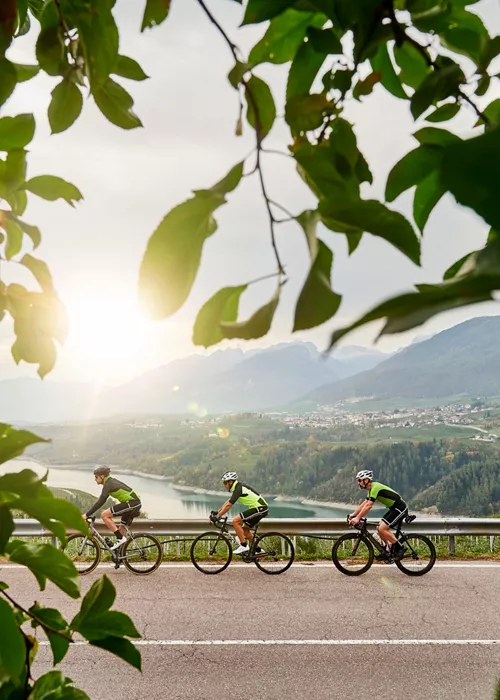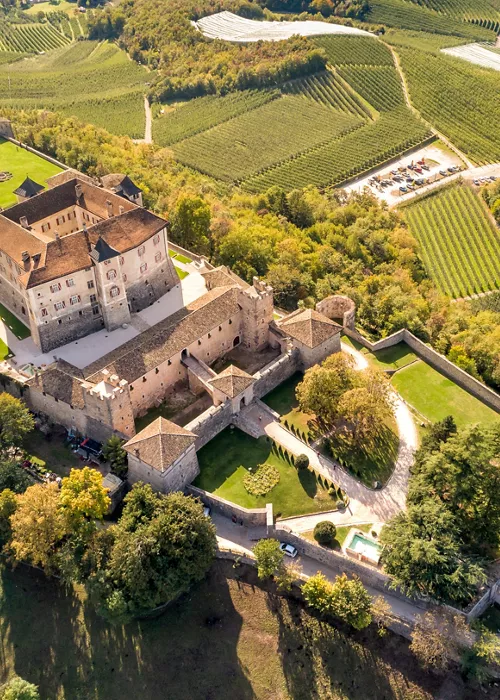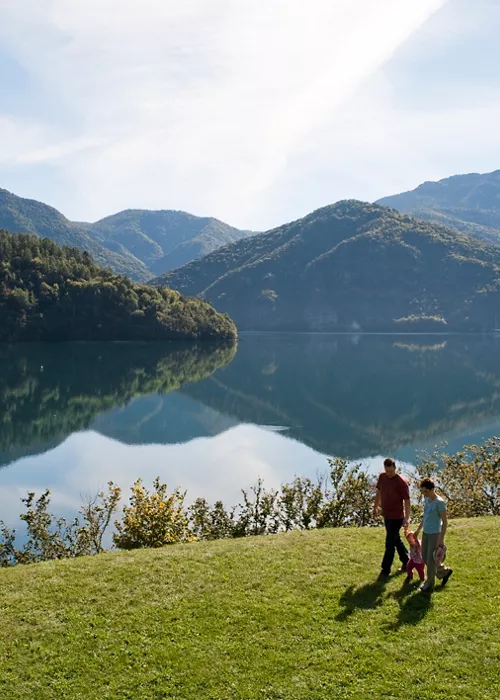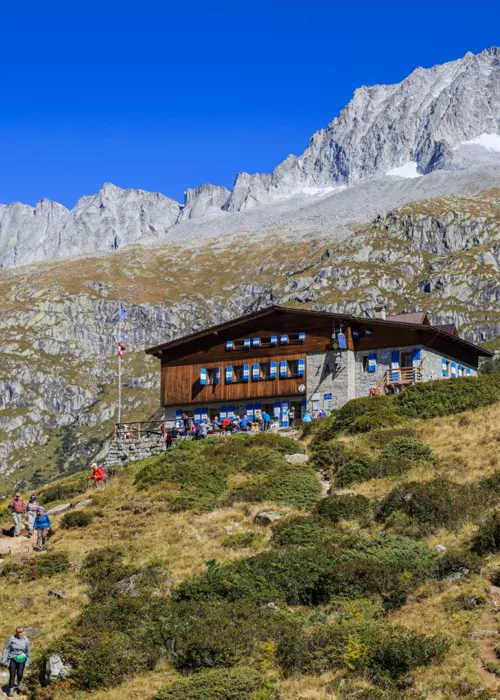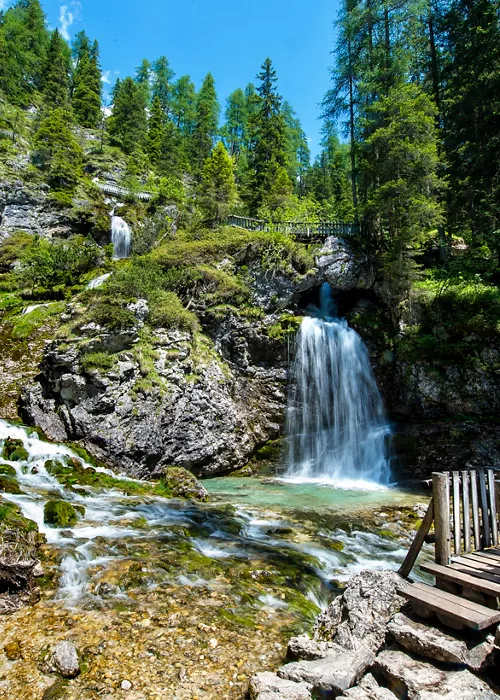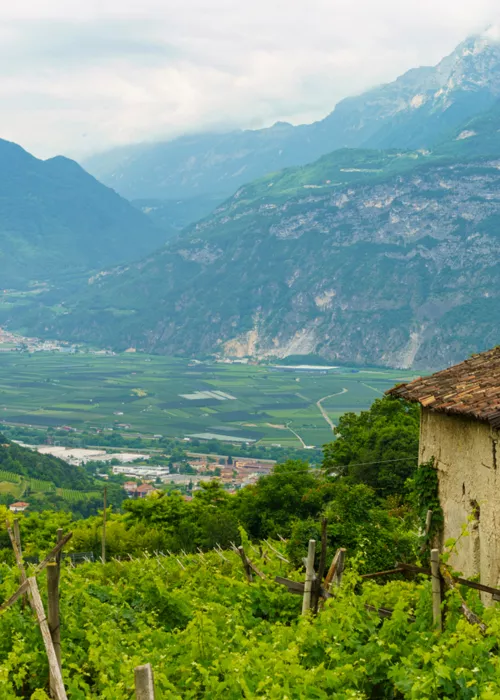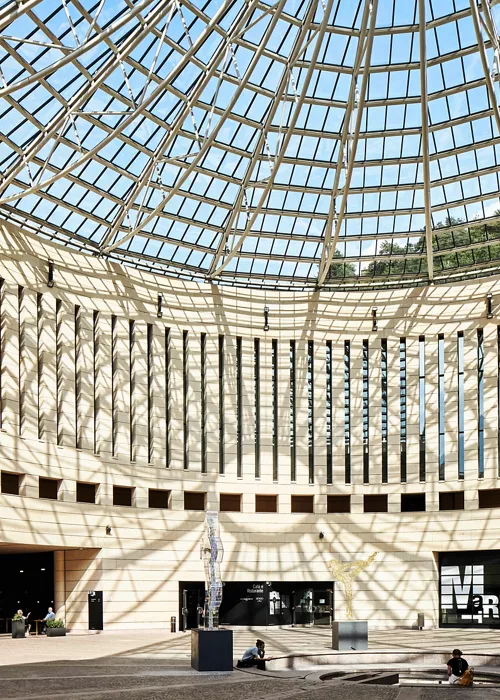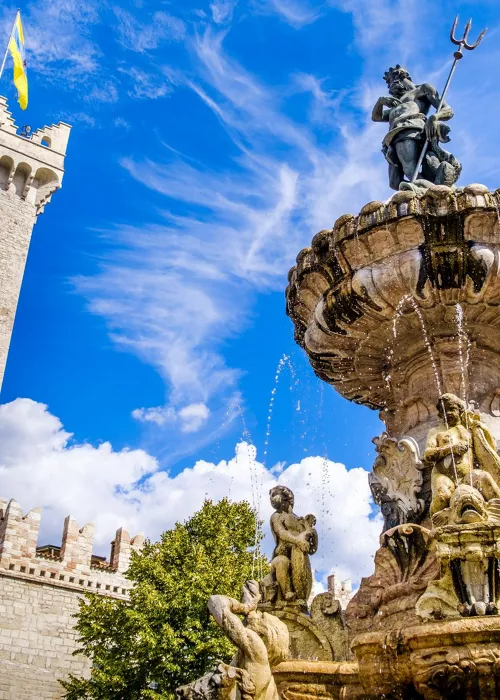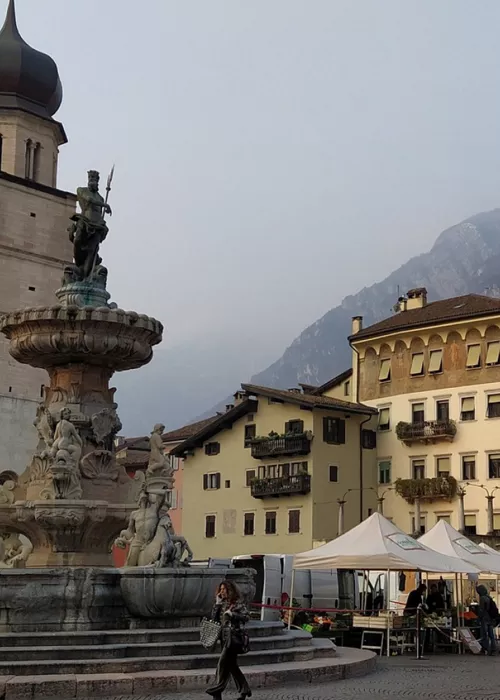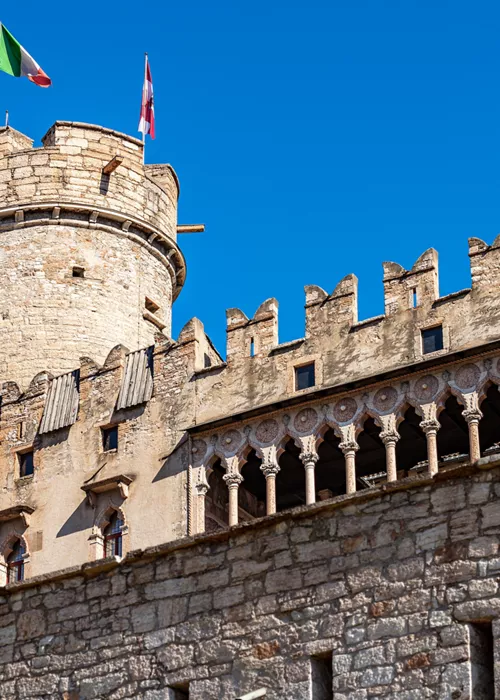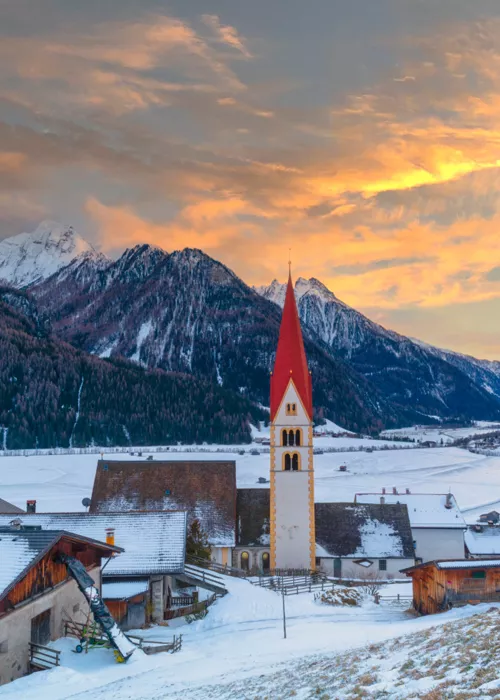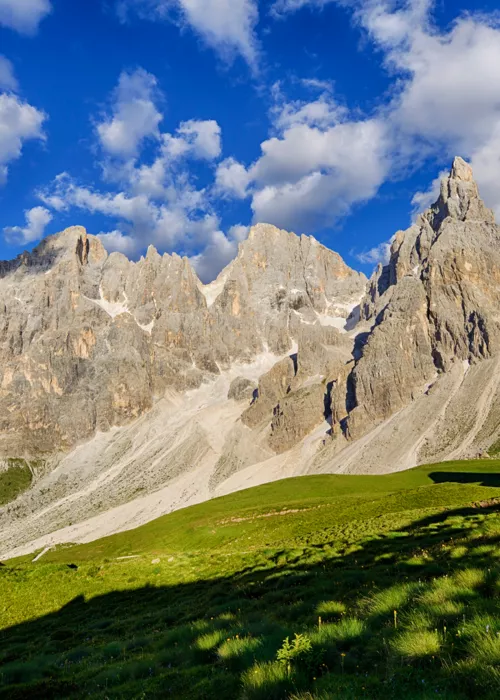A family outing to Arboretum in Arco
3 minutes
The term Arboretum originates from arboretumliterally a botanical garden characterised by tree and shrub species. It forms part of the immense Archducal Park of the villa built by Archduke Albert of Habsburg around 1872. The Habsburgs adored this place, right in the centre of the town of Arco in Trentino, kissed by a climate of extraordinary mildness. There they used to happily spend the winter months.
A special wealth of vegetation
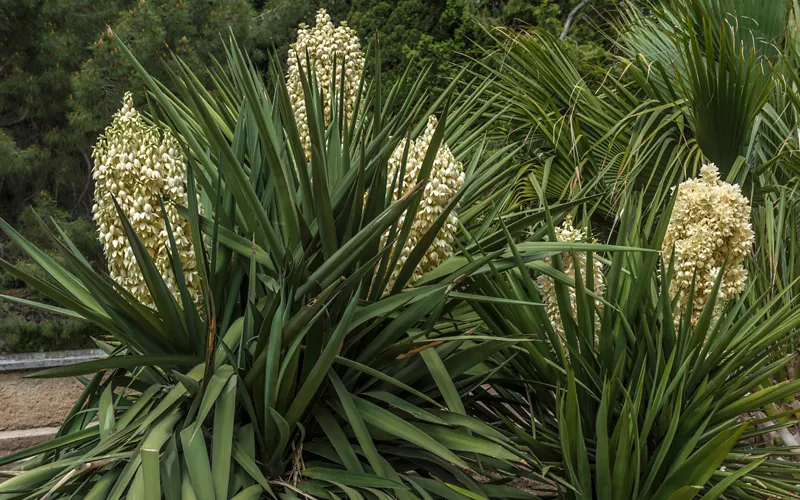
There are 200 species of plants in the Arboretum, mostly evergreen, spread over one hectare of land. Some come from Asia and the subtropics, in a collection of fascinating trees and shrubs. Agave, prickly pear, Constantinople acacia and yucca smell exotic, while some imposing trees express the full force of nature. They are true plant monuments, which have outlived centuries, such as the Californian cypresses and holm oaks at the entrance, then the sequoia and the mammoth tree, another type of sequoia of cyclopean proportions.
In the 1960s, the Professor of Botany at the University of Innsbruck Walter Larcher also created miniature plant landscapes reproductions of the original 19th century ones. Here are the oases, the palm tree alley, the coniferous and needle-leaved grove, the lemon grove and the gorse slope. Different green environments follow one another, from the Mediterranean, where pomegranate and Portuguese cherry trees grow, to the arid to the tropical area. The beautiful garden offers families the opportunity for relaxing days in the green, entrance free of charge. Children and young people will learn a lot about botany while having fun.
An intriguing educational experience
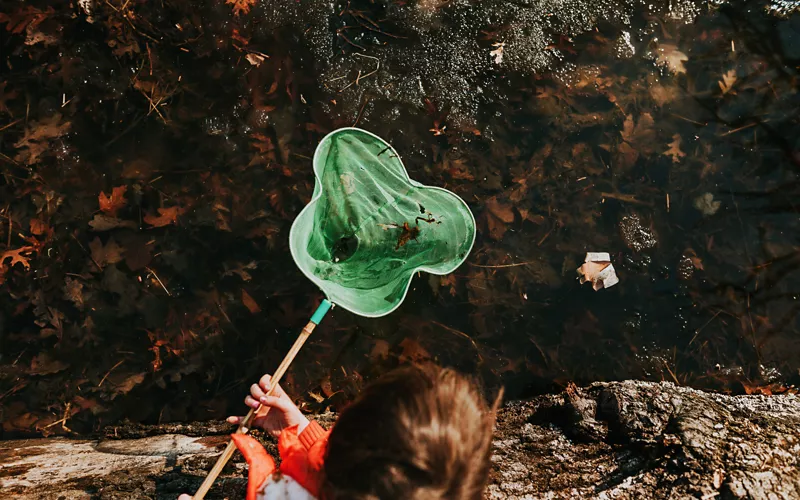
The Arboretum is to all intents and purposes a green museum, an educational centre that has become internationally renowned. Research on climate and plant species is carried out here, and because of its state-of-the-art ecological footprint, the site is visited each year by thousands of students, who access the teaching and educational programmes. Since the park was refurbished in 1993, special attention has been paid to labelling and information boards, in several languages, with the collaboration of the Tridentine Museum of Natural Sciences, now MuSe, which is responsible for the educational part.
Even the youngest children will be able to familiarise with the names and characteristics of the individual plants, but they will always be free to run and play hide-and-seek in the bushes and behind the huge trunks. They will certainly love the small bamboo jungle, made of an uncommon species in Italy that they might see for the first time. And even more will open their eyes wide when they find themselves facing the central pond, where turtles and many goldfish move placidly.
Picnic or tavern: try both!
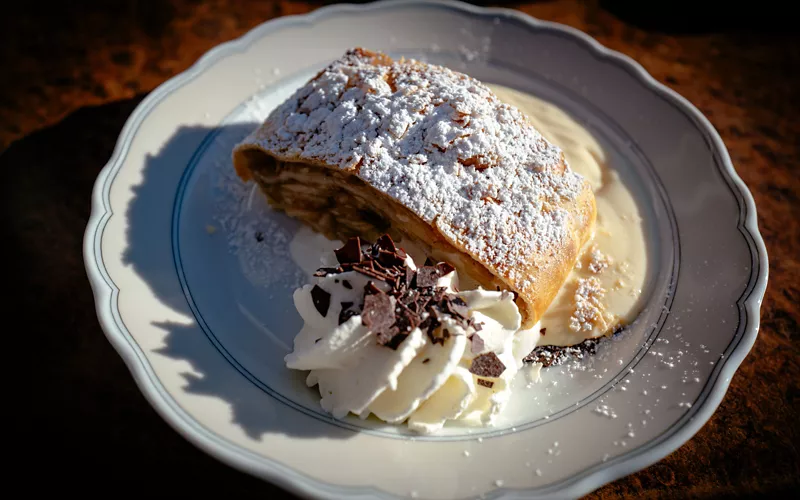
The park also has a picnic area and you are spoilt for choice on what to put in your basket. The area offers many delicacies, some particularly suitable for an outdoor breakfast. Rye bread is a delicacy with bresaola or speck or even mortandela, the typical smoked sausage. Sguinz is one of the cheeses to try: made from whole cow's milk and rich in milk enzymes, it is soft and has a pleasant yoghurt taste.
To be eaten on the grass at dessert time, the apple strudel, the pride of the region, or a soft berry crêpe should not be missed. In Arco, trattorias and taverns with traditional menus are a must. Freshwater fish, such as lavaret, perhaps accompanied by polenta, come to the table, while carnivores will opt for barbecued ribs. For adults, the wine cellars offer a list of excellent local wines. Strong tastes? Finish with a herb grappa.
An enchanting location
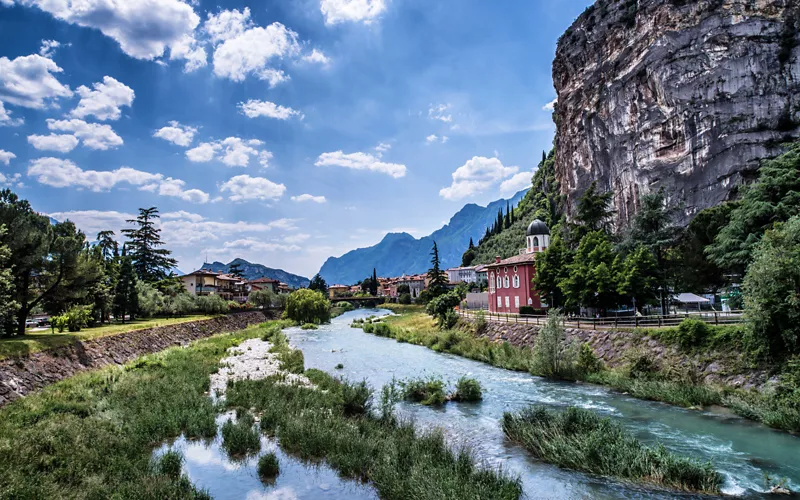
Arco is also called the “garden city'” and it is certainly no coincidence that its historic centre is home to the Arboretum, with its lush vegetation. The climate here is mild, favourable to the development of many plant species, including Mediterranean and subtropical ones, which find an ideal habitat. The town is a jewel in the north of the Altogarda valley, in the Basso Sarca basin, the river that flows into Lake Garda from here. And it is precisely the large lake that exerts its benevolent influence on the climate, so much so that the locality has been known for centuries as a pleasant resort.
Strolling through the streets of this natural amphitheatre, you can enjoy a unique panorama: vegetation and rocks, olive groves with dry stone walls and just beyond the lake. Offsetting the countryside are the surrounding mountain peaks: the landscape almost suddenly acquires an Alpine atmosphere.

